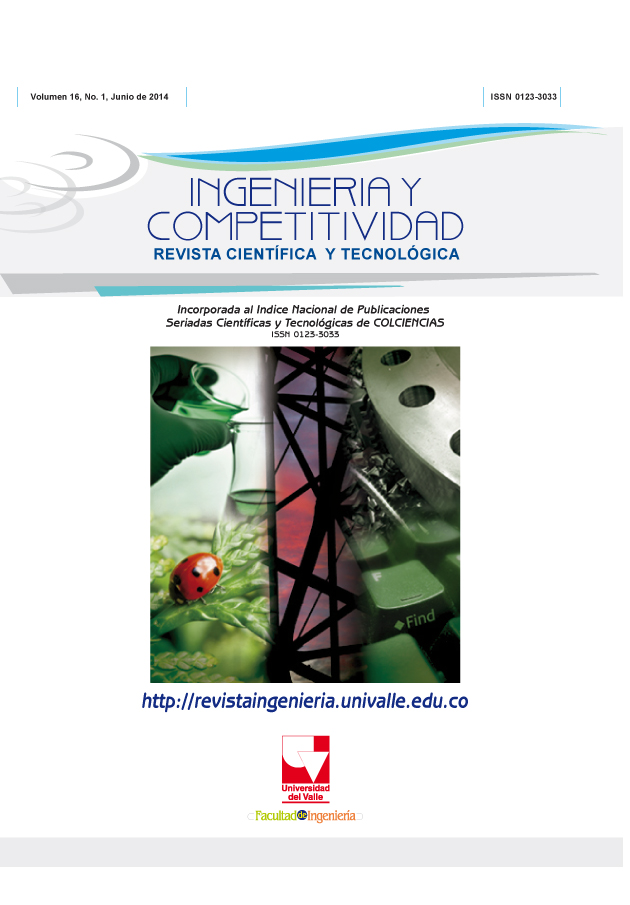Estudio comparativo del efecto de la dependencia en modelos de riesgos competitivos con tres modos de falla vía estimadores basados en cópulas
Contenido principal del artículo
En un modelo de riesgos competitivos dependientes es imposible determinar las distribuciones marginales a partir solamente de los datos de riesgos competitivos. Esta situación se conoce como el problema de identificabilidad. Zheng y Klein (1995) proponen el estimador cópula gráfico como solución al problema de identificabilidad para dos riesgos competitivos. Para ello asumen una estructura de dependencia usando una cópula para la distribución conjunta entre los tiempos de falla y su parámetro de dependencia conocido. En el caso de un modelo con más de dos riesgos competitivos, Lo y Wilke (2010) proponen el método de combinación de riesgo (“risk pooling method”) como una extensión del estimador cópula gráfico cuando la cópula es Arquimediana. En este trabajo para el caso trivariado, se compara la función de sobrevivencia conjunta verdadera, con la función de sobrevivencia conjunta estimada asumiendo independencia entre los tiempos de falla y la función de sobrevivencia estimada mediante el método de combinación de riesgos. Estas comparaciones se realizan vía simulación teniendo en cuenta tiempos de falla asociados a una distribución Weibull y lognormal multivariada y diferentes niveles de dependencia entre los tiempos de falla. Se concluye que el estimador asumiendo independencia es menos eficiente que el estimador de la función de sobrevivencia utilizando el método de combinación de riesgos. Se ilustra la metodología con datos de la confiabilidad de interruptores tipo FL245 en Interconexión Eléctrica S.A. E.S.P. (ISA), que muestran la utilidad de la temática en confiabilidad industrial.
- cópula arquimediana
- confiabilidad industrial
- identificabilidad
- método de combinación de riesgos
- riesgos competitivos.
Descargas
Los autores que publican en esta revista están de acuerdo con los siguientes términos:
Los autores ceden los derechos patrimoniales a la revista y a la Universidad del Valle sobre los manuscritos aceptados, pero podrán hacer los reusos que consideren pertinentes por motivos profesionales, educativos, académicos o científicos, de acuerdo con los términos de la licencia que otorga la revista a todos sus artículos.
Los artículos serán publicados bajo la licencia Creative Commons 4.0 BY-NC-SA (de atribución, no comercial, sin obras derivadas).





